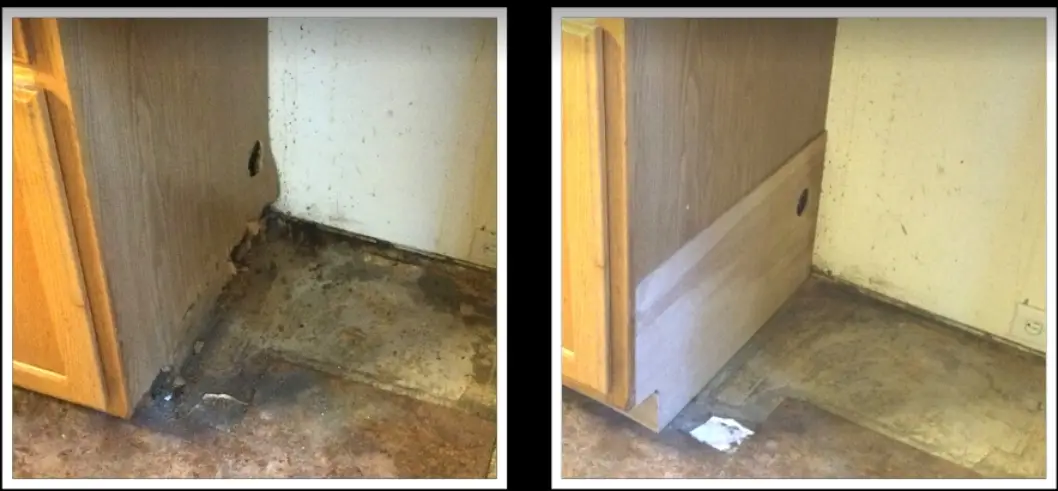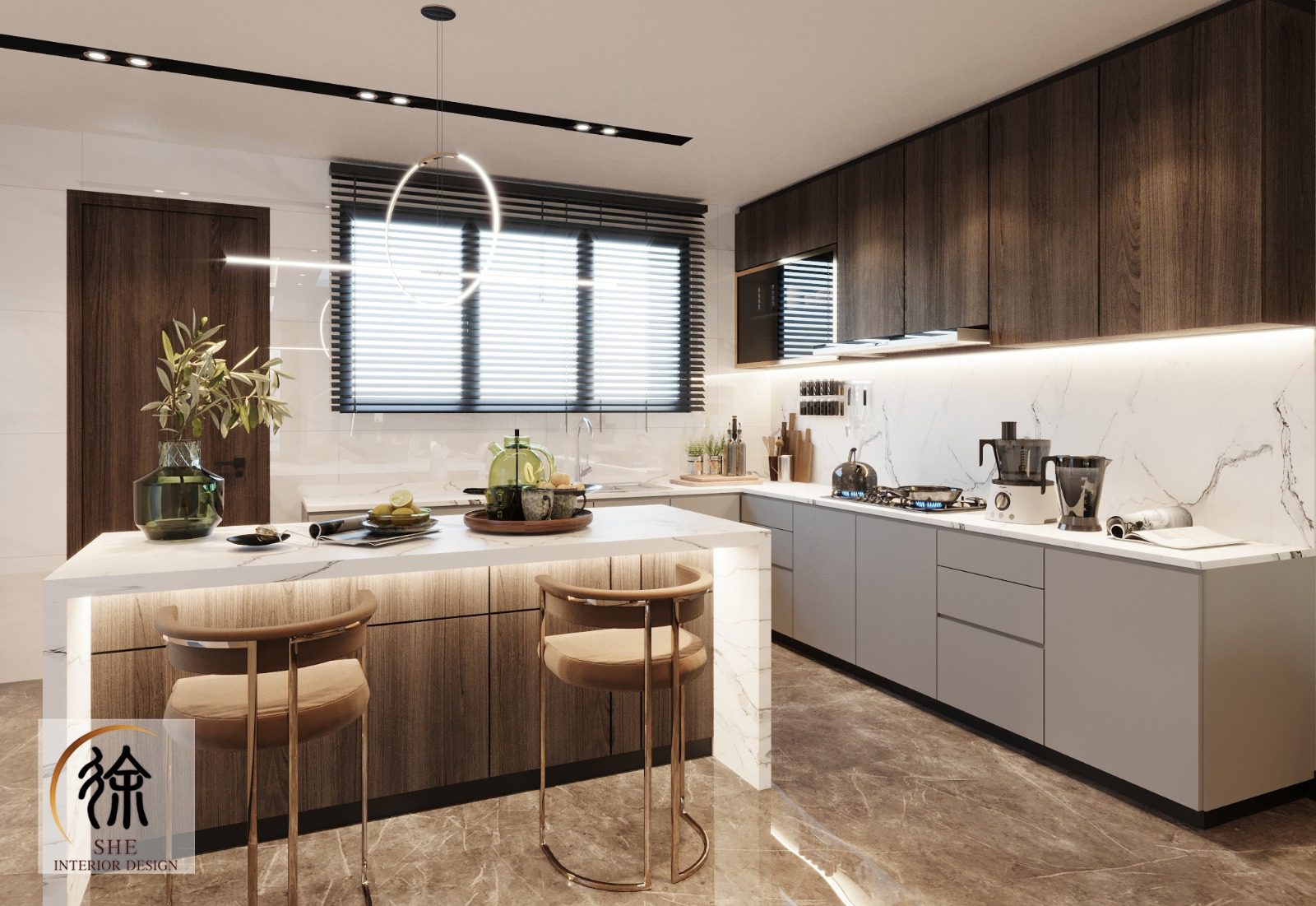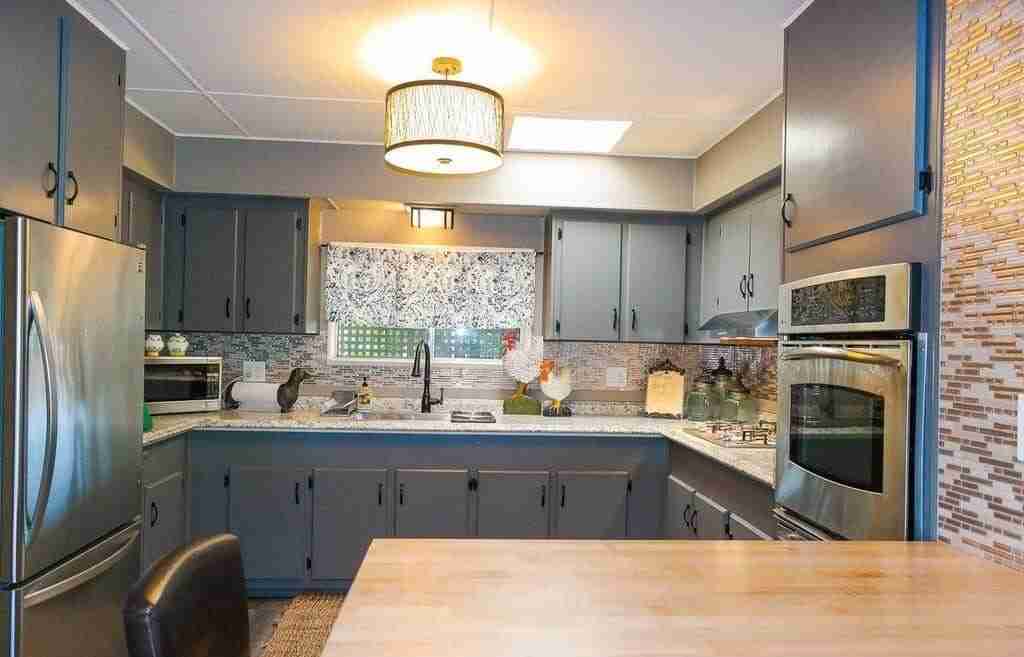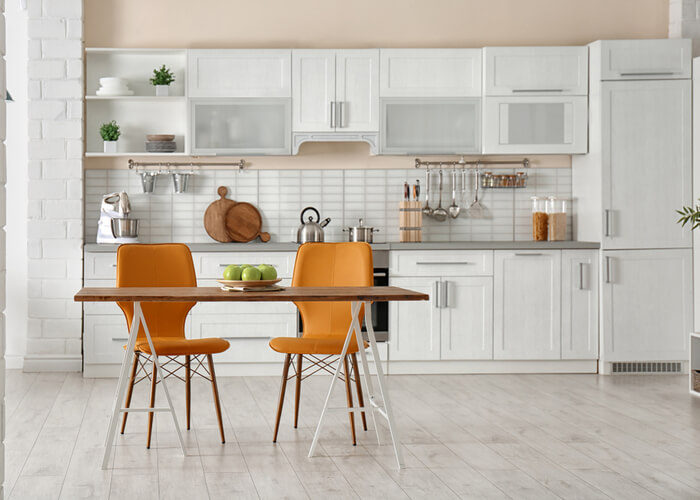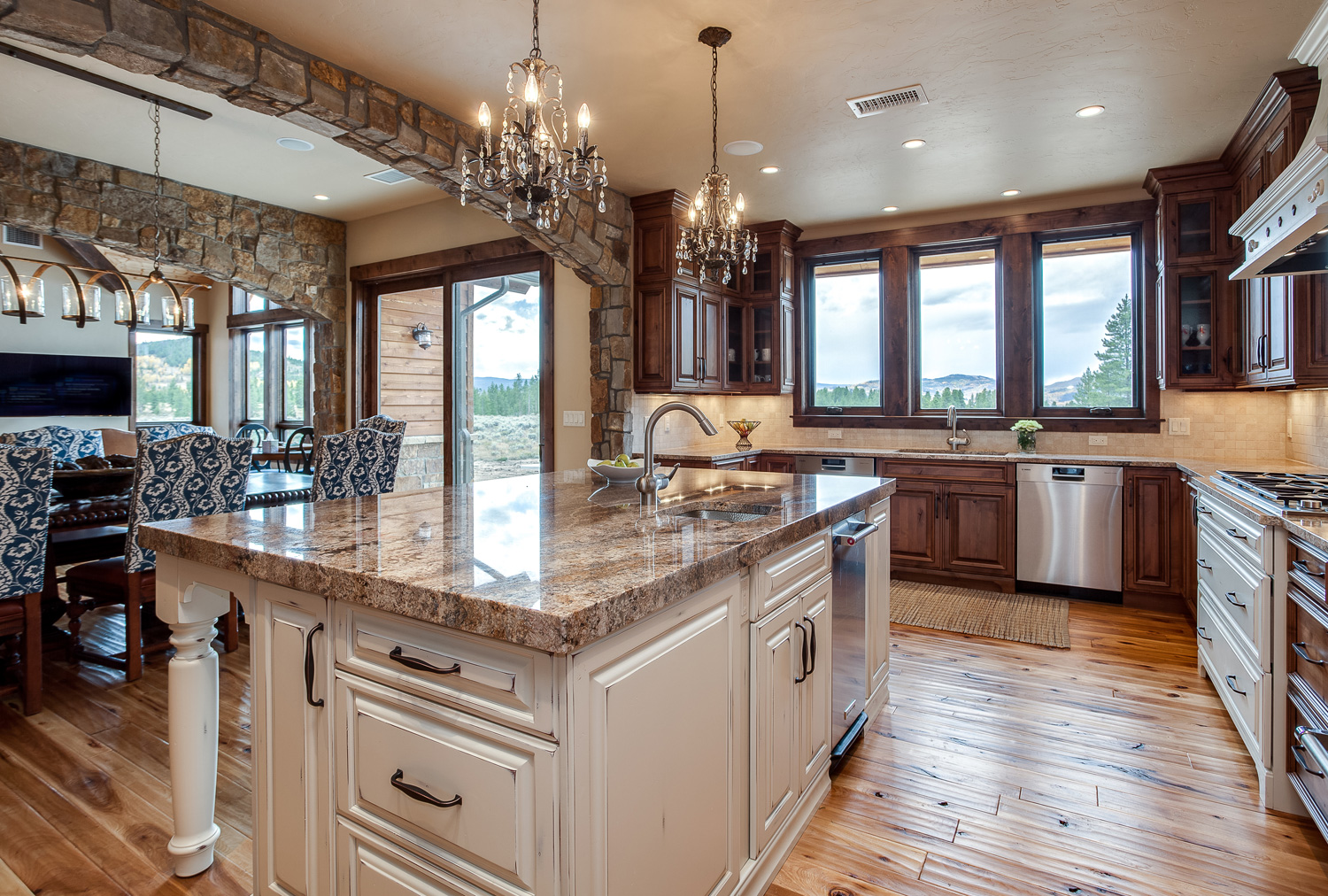If you've noticed that your kitchen cabinet is starting to droop from the wall, don't panic. This is a common issue that many homeowners face, and luckily, it can be fixed. In this article, we'll walk you through the steps to fix a sagging kitchen cabinet and restore it to its former sturdy state.1. How to Fix a Sagging Kitchen Cabinet
Before we dive into the solutions, it's important to understand the common causes of sagging kitchen cabinets. One of the main reasons is simply age. Over time, the weight of dishes and other items stored in the cabinet can cause it to sag. Another common cause is water damage. If there has been a leak in your kitchen, the moisture can weaken the cabinet's structure.2. Common Causes of Sagging Kitchen Cabinets
If the sagging is minor, you may be able to fix it yourself. One solution is to install L-brackets on the inside of the cabinet to provide extra support. You can also try tightening the screws on the hinges and adjusting the hinges to make sure they are properly aligned.3. DIY Solutions for a Drooping Kitchen Cabinet
If you notice any of these signs, it's important to address the issue immediately before your cabinet falls off the wall. These include visible cracks in the cabinet, doors that won't close properly, or a cabinet that feels loose or wobbly when you touch it.4. Signs Your Kitchen Cabinet is About to Fall
If your cabinet is becoming detached from the wall, you'll need to secure it before it falls. This can be done by installing toggle bolts or braces to hold the cabinet in place. These can be found at any hardware store and are relatively easy to install.5. How to Secure a Loose Kitchen Cabinet
If your cabinet has significant sagging, you may need to take more drastic measures to repair it. This could involve adding support beams to the back of the cabinet, or even replacing the cabinet entirely. It's best to consult a professional for these types of repairs.6. Tips for Repairing a Sagging Kitchen Cabinet
If the DIY solutions aren't working or your cabinet is beyond repair, it's time to call in a professional. A carpenter or handyman can assess the damage and provide a solution that will ensure your cabinet is safely and securely attached to the wall.7. Professional Solutions for a Drooping Kitchen Cabinet
To avoid dealing with a sagging kitchen cabinet in the future, there are a few preventative measures you can take. Make sure to distribute the weight of your dishes and items evenly throughout the cabinet, and avoid overloading it. You can also regularly check for any signs of water damage or wear and tear.8. Preventing Kitchen Cabinet Sagging in the Future
In some cases, your kitchen cabinet may be beyond repair and will need to be replaced. Signs that this may be the case include extensive water damage, severe cracks or splits, or a cabinet that is completely detached from the wall. If you're unsure, it's best to consult a professional for their expert opinion.9. How to Tell if Your Kitchen Cabinet is Beyond Repair
When attempting to fix a sagging kitchen cabinet, it's important to avoid common mistakes that could further damage the cabinet or put yourself at risk. These include using the wrong tools, not properly securing the cabinet, or attempting to fix it without the proper knowledge or experience. When in doubt, it's always best to seek professional help. We hope this guide has been helpful in addressing your drooping kitchen cabinet. By following these tips and solutions, you can restore your cabinet to its sturdy, functional state and prevent any future issues. Remember, when in doubt, it's always best to consult a professional for expert advice and assistance.10. Common Mistakes to Avoid When Fixing a Sagging Kitchen Cabinet
How to Fix a Drooping Kitchen Cabinet
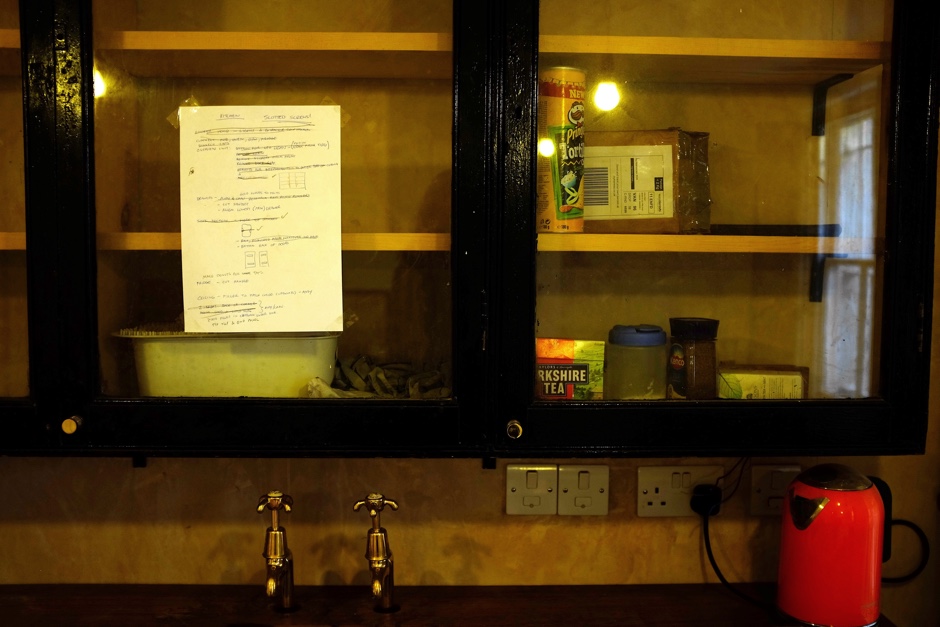
Identifying the Problem
Common Causes of a Drooping Cabinet
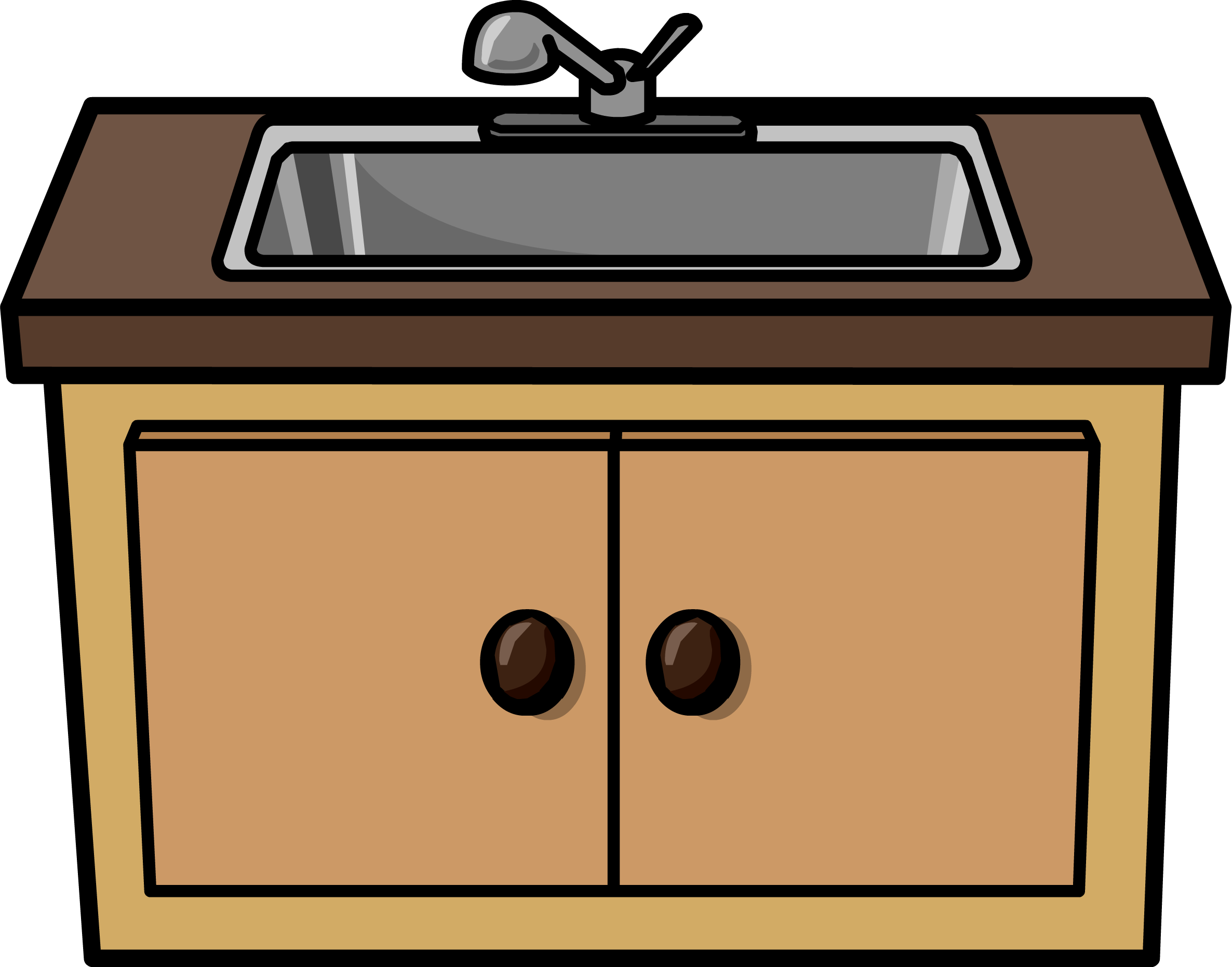 There are a few main reasons why your kitchen cabinet may be drooping. The first and most common reason is that the cabinet was not properly installed in the first place. If the screws or brackets used to secure the cabinet to the wall were not strong enough or were not placed in the right location, the cabinet will eventually start to droop. Another common cause is the weight of the contents inside the cabinet. Over time, heavy dishes, pots, and pans can put strain on the cabinet, causing it to droop.
There are a few main reasons why your kitchen cabinet may be drooping. The first and most common reason is that the cabinet was not properly installed in the first place. If the screws or brackets used to secure the cabinet to the wall were not strong enough or were not placed in the right location, the cabinet will eventually start to droop. Another common cause is the weight of the contents inside the cabinet. Over time, heavy dishes, pots, and pans can put strain on the cabinet, causing it to droop.
Fixing the Problem
 Fixing a drooping kitchen cabinet may seem like a daunting task, but it can be easily remedied with the right tools and techniques. The first step is to remove all items from the cabinet to reduce the weight and strain. Next, carefully inspect the screws and brackets that are holding the cabinet to the wall. If they are loose or damaged, they will need to be replaced with stronger and more secure options. It's also important to make sure the screws are placed in the correct location to provide maximum support.
Fixing a drooping kitchen cabinet may seem like a daunting task, but it can be easily remedied with the right tools and techniques. The first step is to remove all items from the cabinet to reduce the weight and strain. Next, carefully inspect the screws and brackets that are holding the cabinet to the wall. If they are loose or damaged, they will need to be replaced with stronger and more secure options. It's also important to make sure the screws are placed in the correct location to provide maximum support.
Reinforcing the Cabinet
 To prevent the cabinet from drooping again in the future, it's important to reinforce it. This can be done by adding additional brackets or support beams to the cabinet. You can also use a sturdy piece of wood or metal to brace the bottom of the cabinet to the wall. This will help distribute the weight more evenly and prevent the cabinet from pulling away from the wall.
To prevent the cabinet from drooping again in the future, it's important to reinforce it. This can be done by adding additional brackets or support beams to the cabinet. You can also use a sturdy piece of wood or metal to brace the bottom of the cabinet to the wall. This will help distribute the weight more evenly and prevent the cabinet from pulling away from the wall.
Call in a Professional
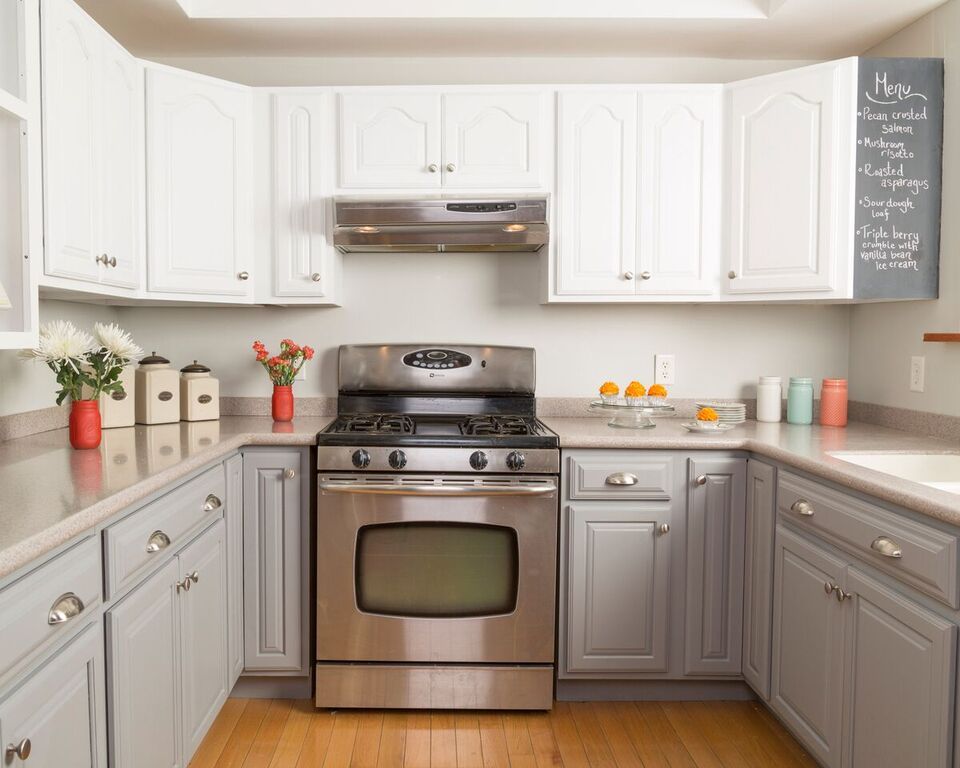 If you're not comfortable fixing the drooping cabinet yourself or if the problem persists, it's best to call in a professional. They will have the skills and expertise to properly fix the issue and prevent it from happening again. They may also be able to offer additional solutions to reinforce and strengthen the cabinet.
If you're not comfortable fixing the drooping cabinet yourself or if the problem persists, it's best to call in a professional. They will have the skills and expertise to properly fix the issue and prevent it from happening again. They may also be able to offer additional solutions to reinforce and strengthen the cabinet.
Conclusion
 A drooping kitchen cabinet may seem like a minor issue, but it should be addressed as soon as possible to prevent any further damage or safety hazards. By identifying the problem, properly fixing it, and reinforcing the cabinet, you can ensure that your kitchen remains both functional and aesthetically pleasing. Don't hesitate to call in a professional if needed, as the safety and stability of your home should always be a top priority.
A drooping kitchen cabinet may seem like a minor issue, but it should be addressed as soon as possible to prevent any further damage or safety hazards. By identifying the problem, properly fixing it, and reinforcing the cabinet, you can ensure that your kitchen remains both functional and aesthetically pleasing. Don't hesitate to call in a professional if needed, as the safety and stability of your home should always be a top priority.

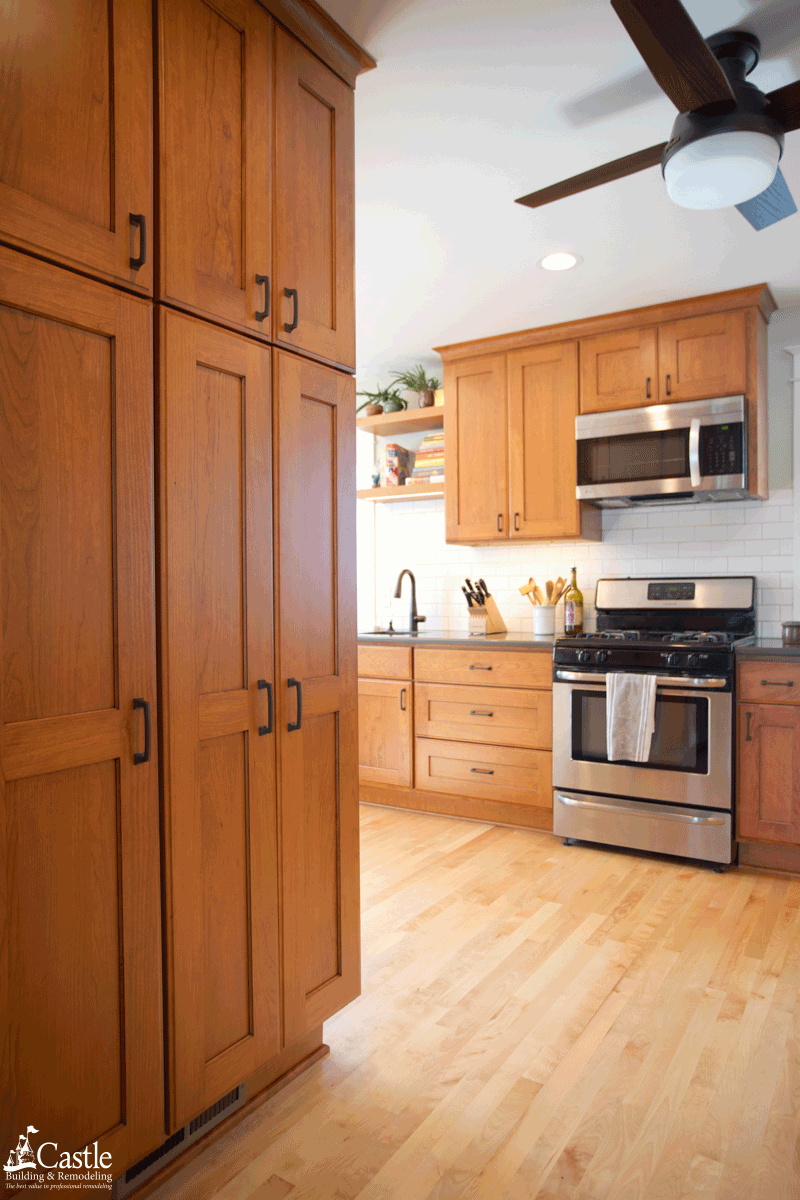








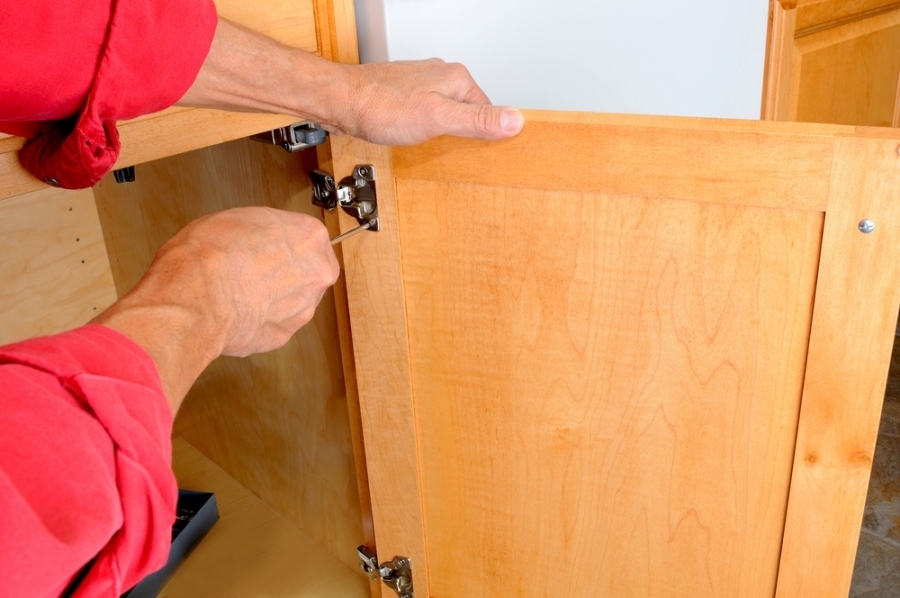
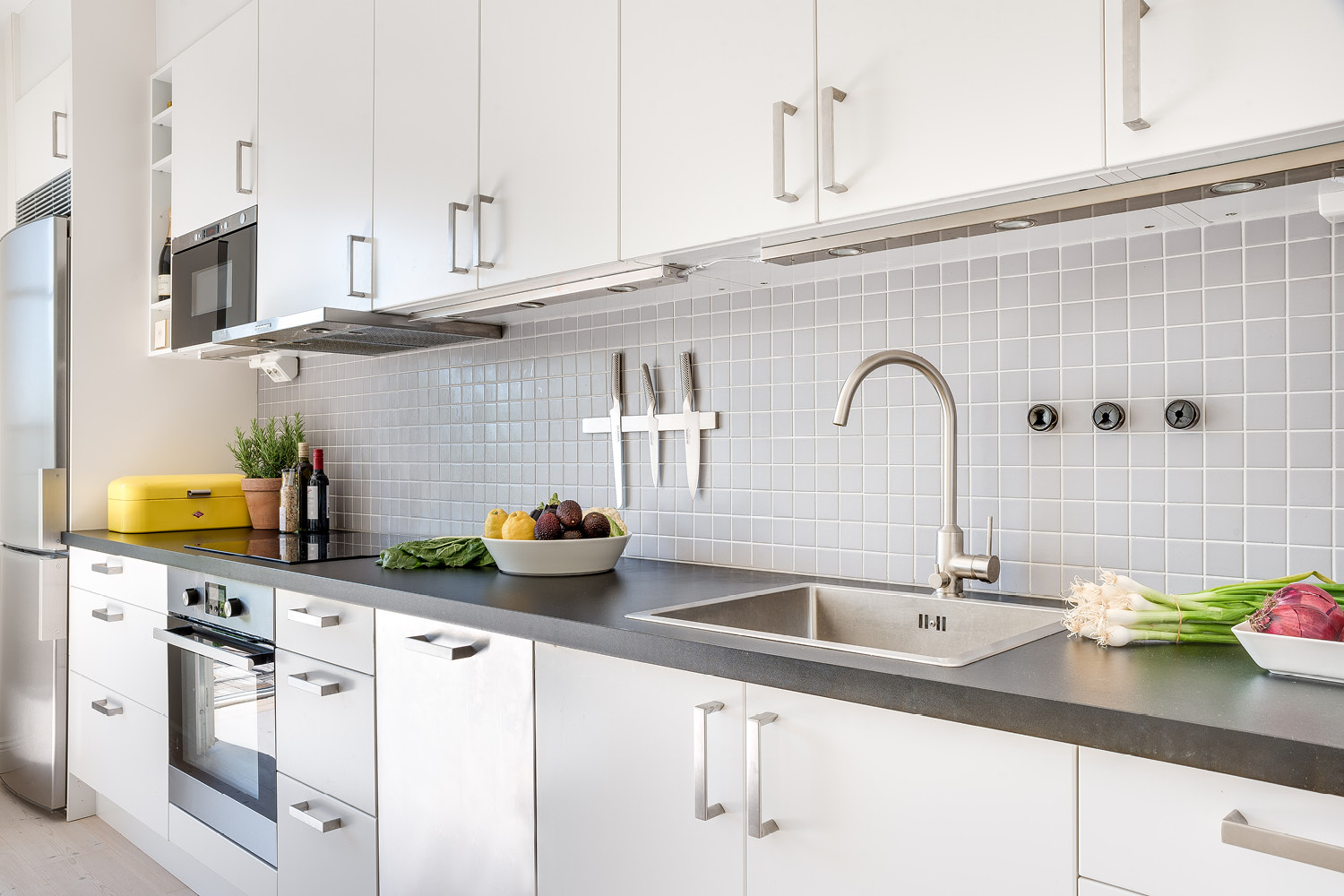








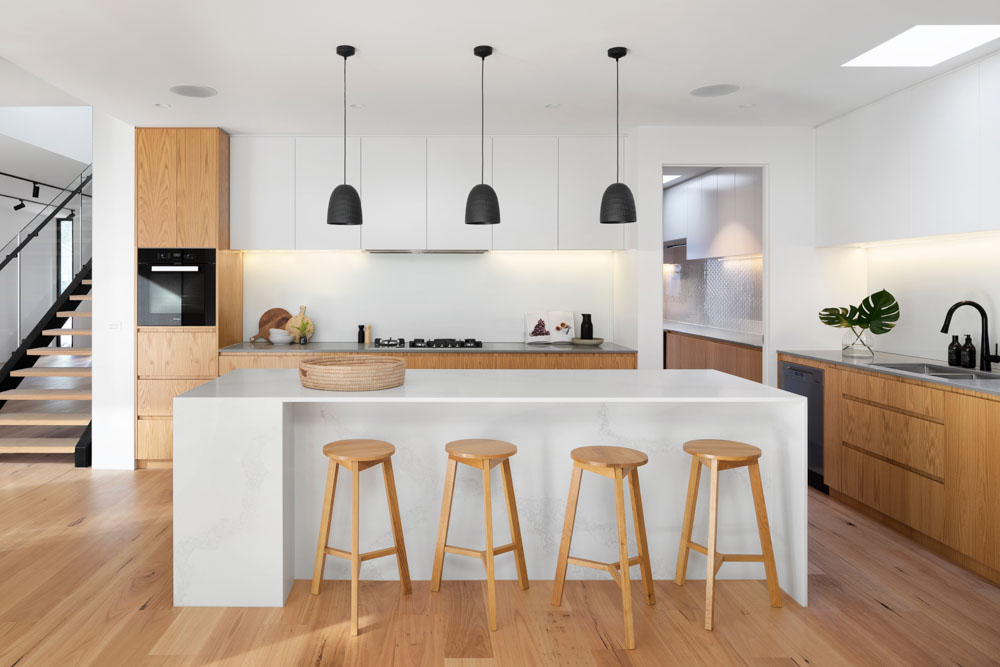


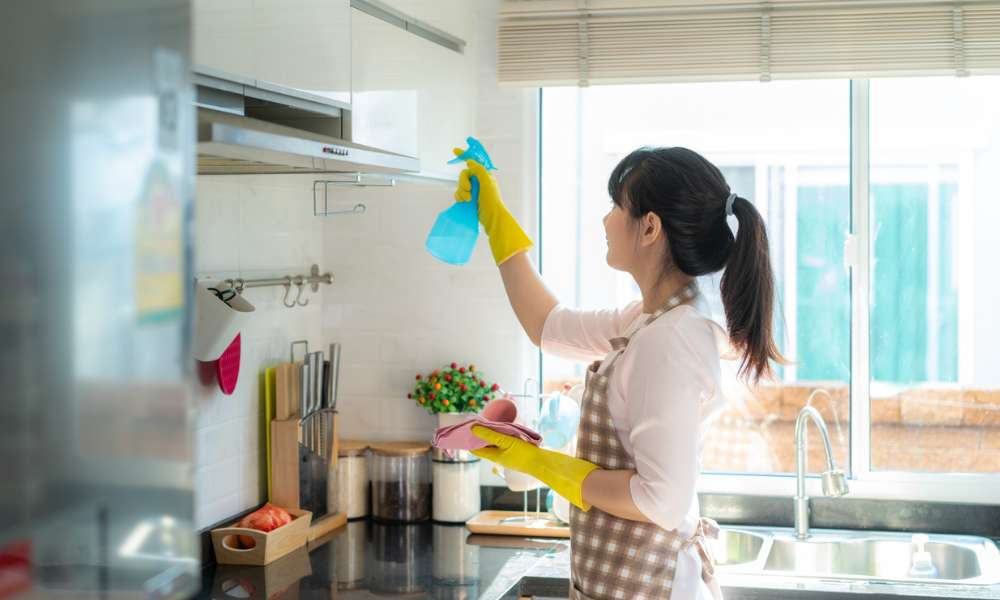

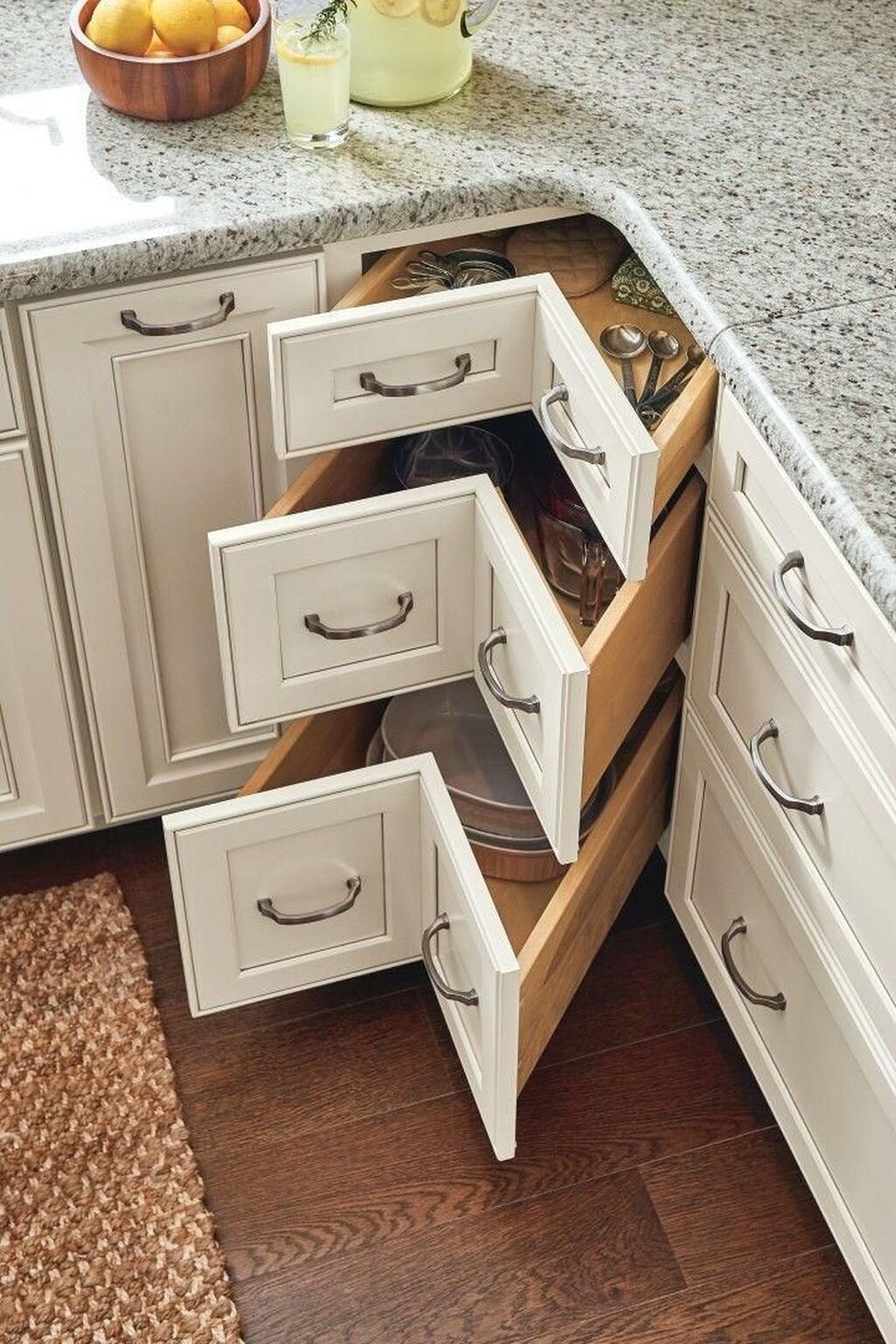
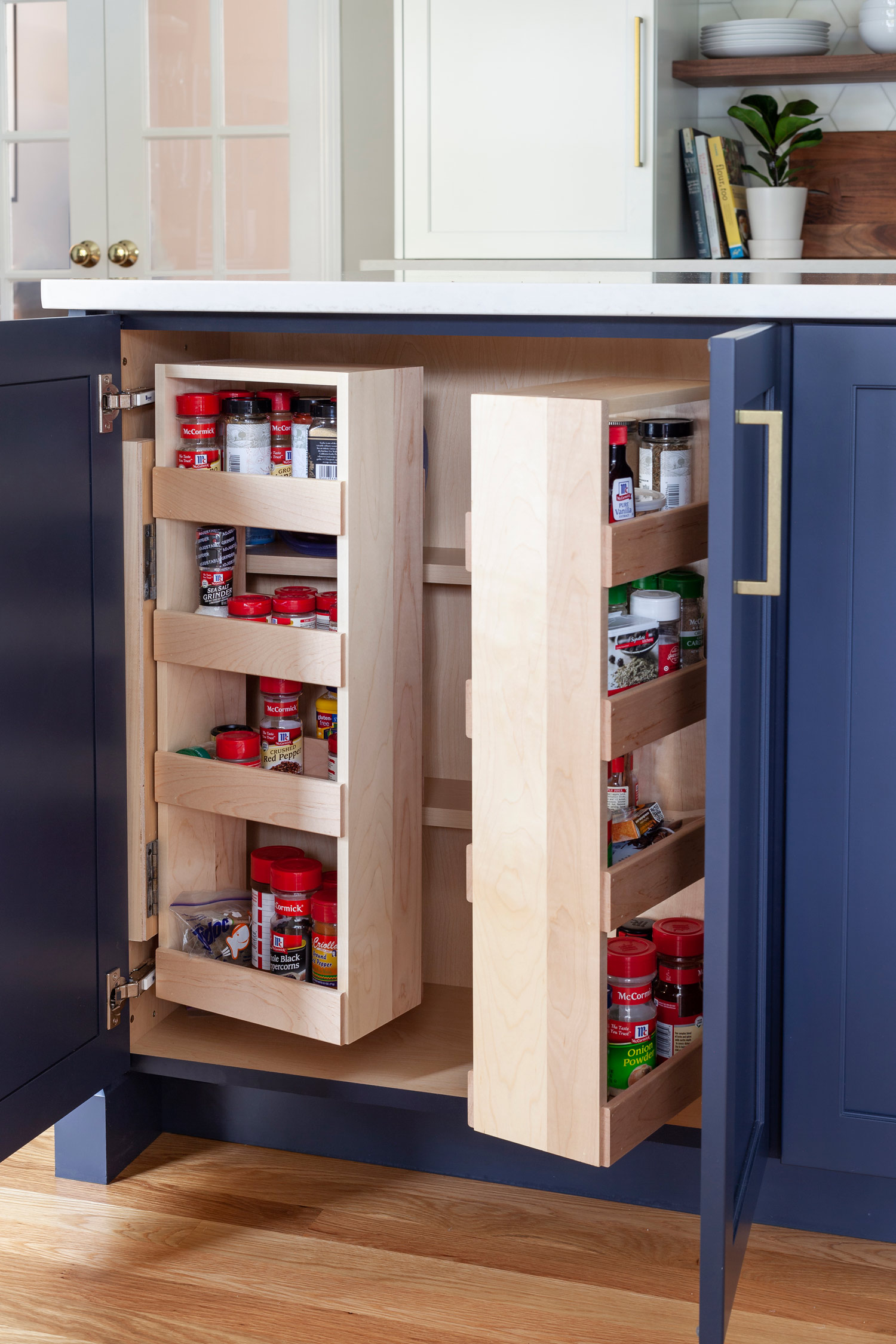




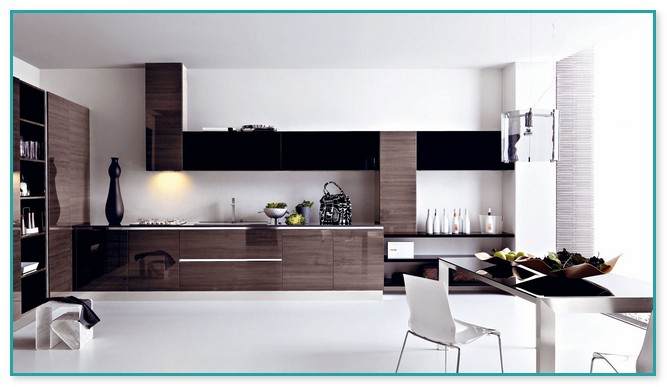


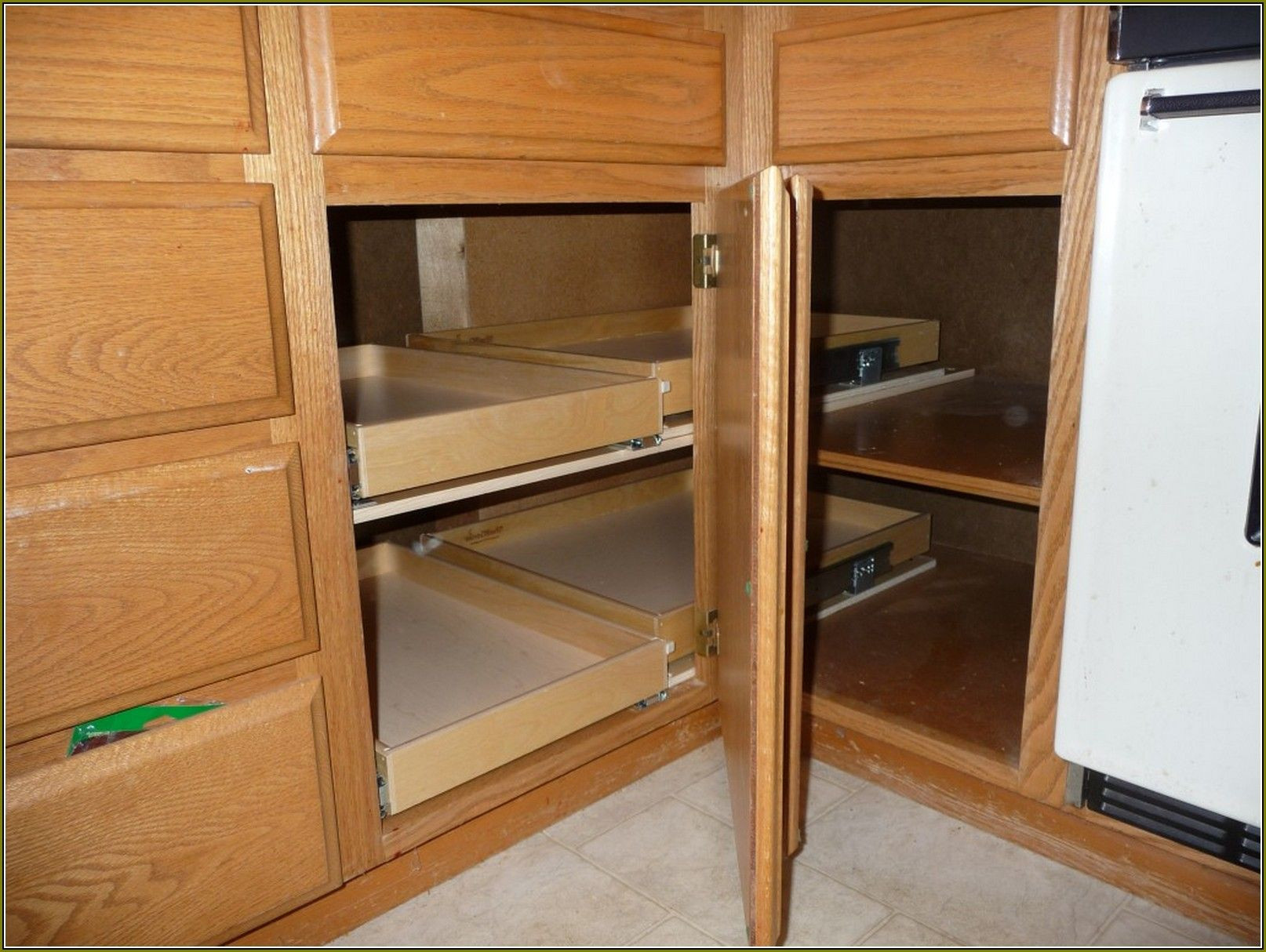


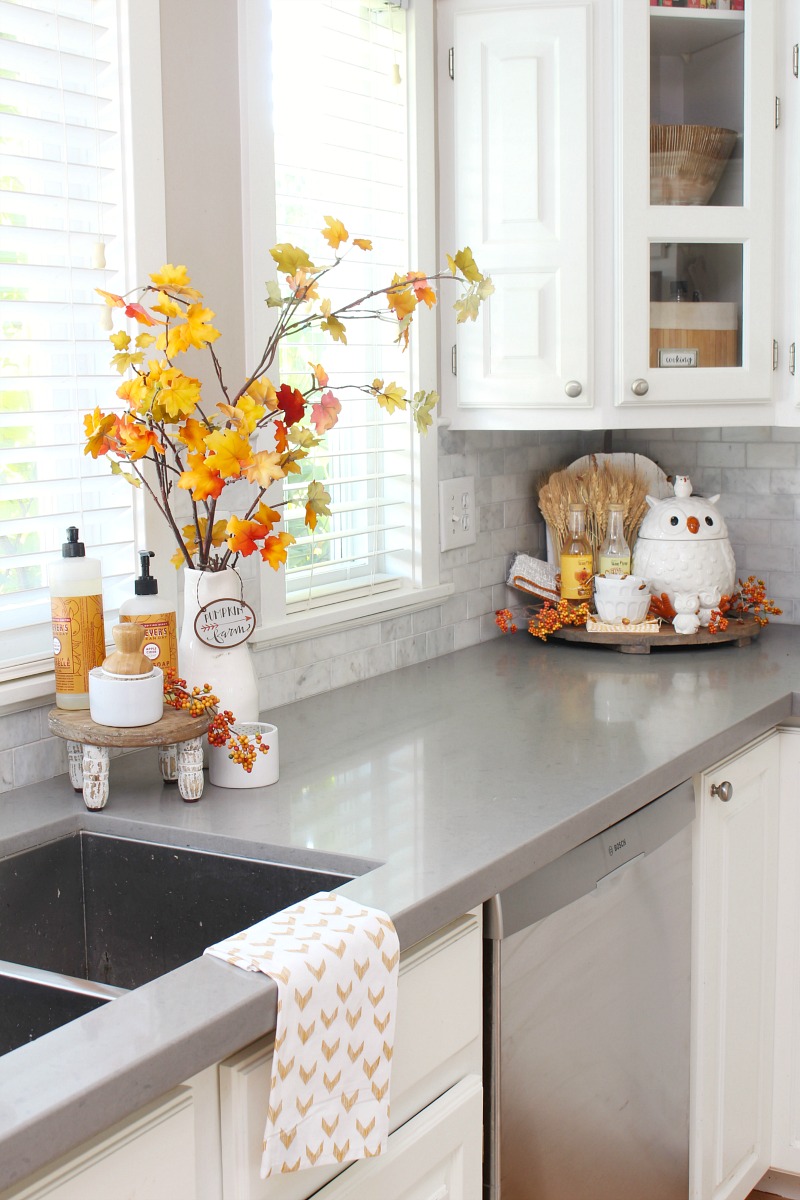







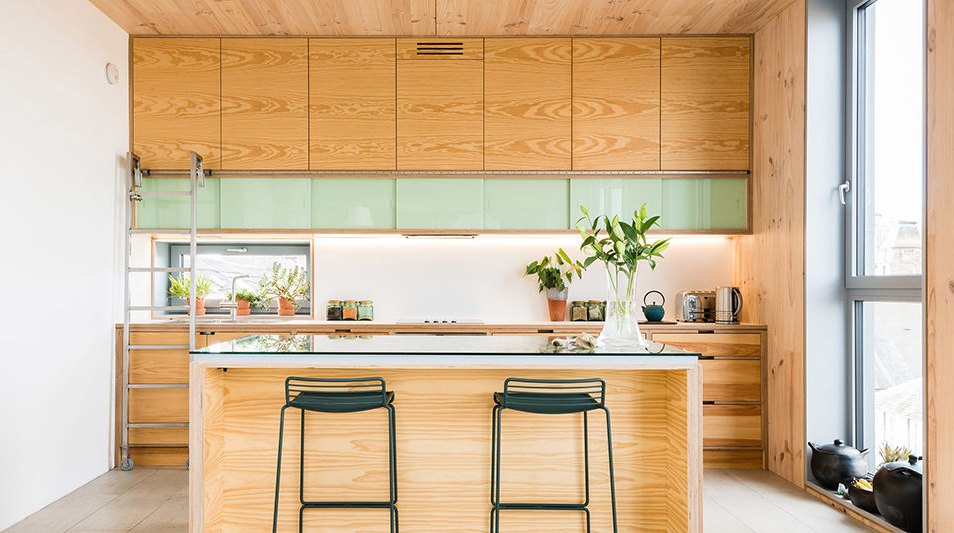
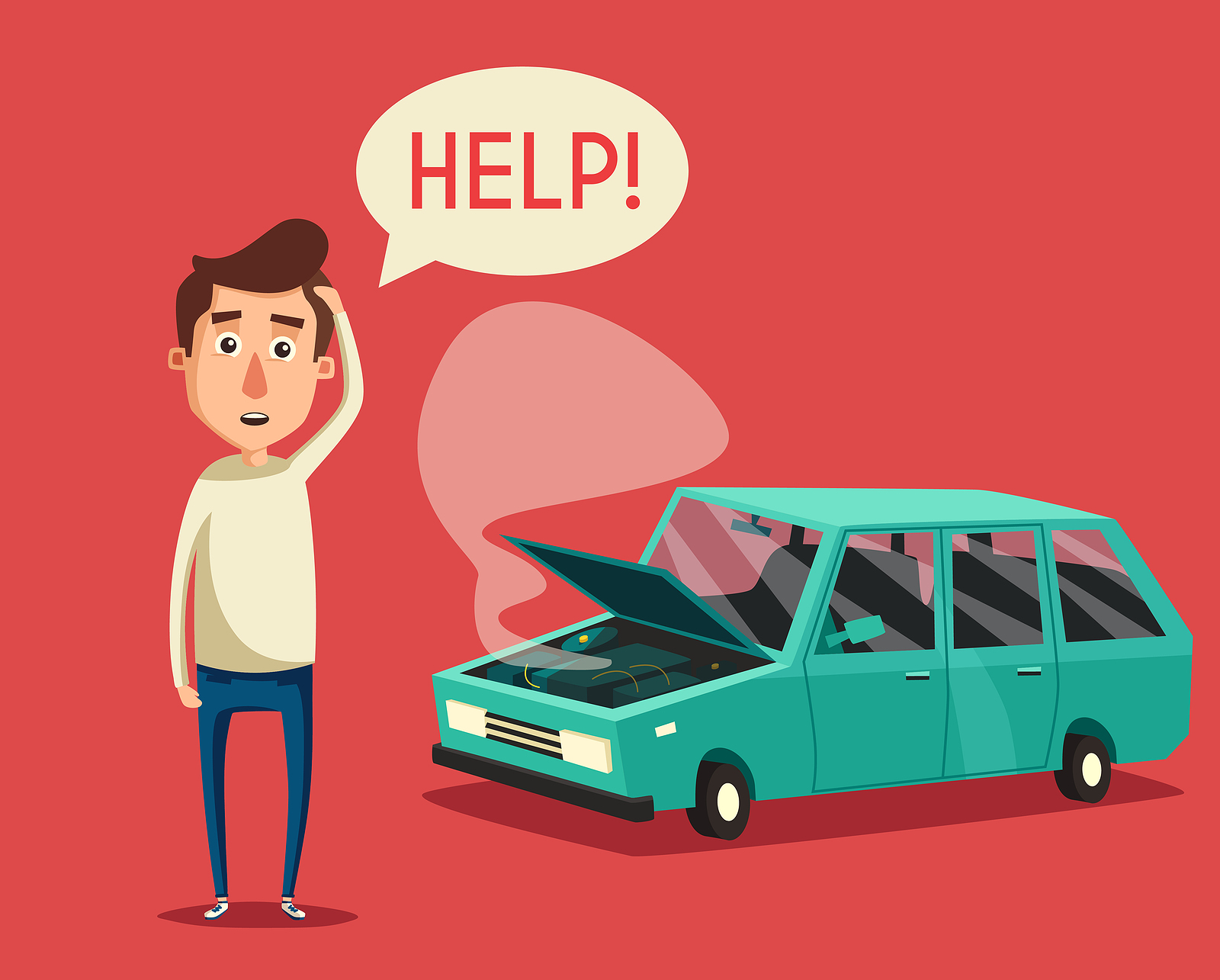
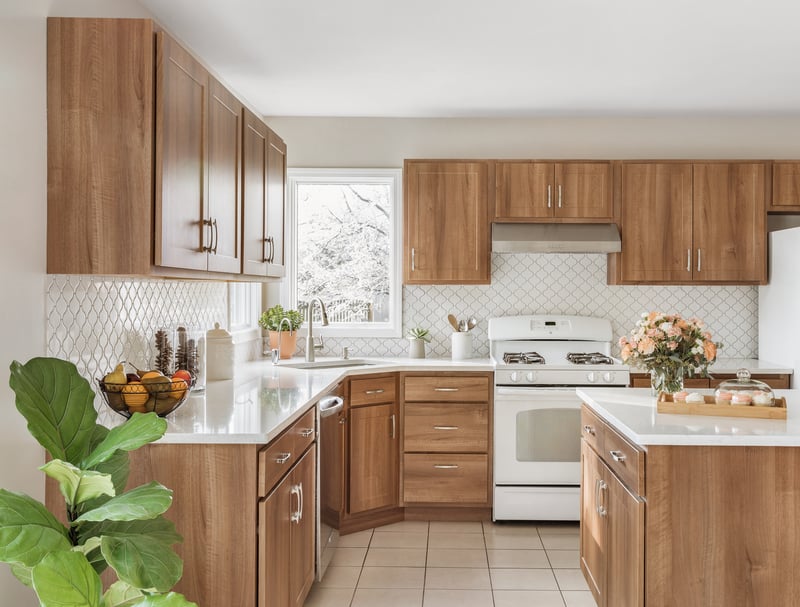
:max_bytes(150000):strip_icc()/helfordln-35-58e07f2960b8494cbbe1d63b9e513f59.jpeg)
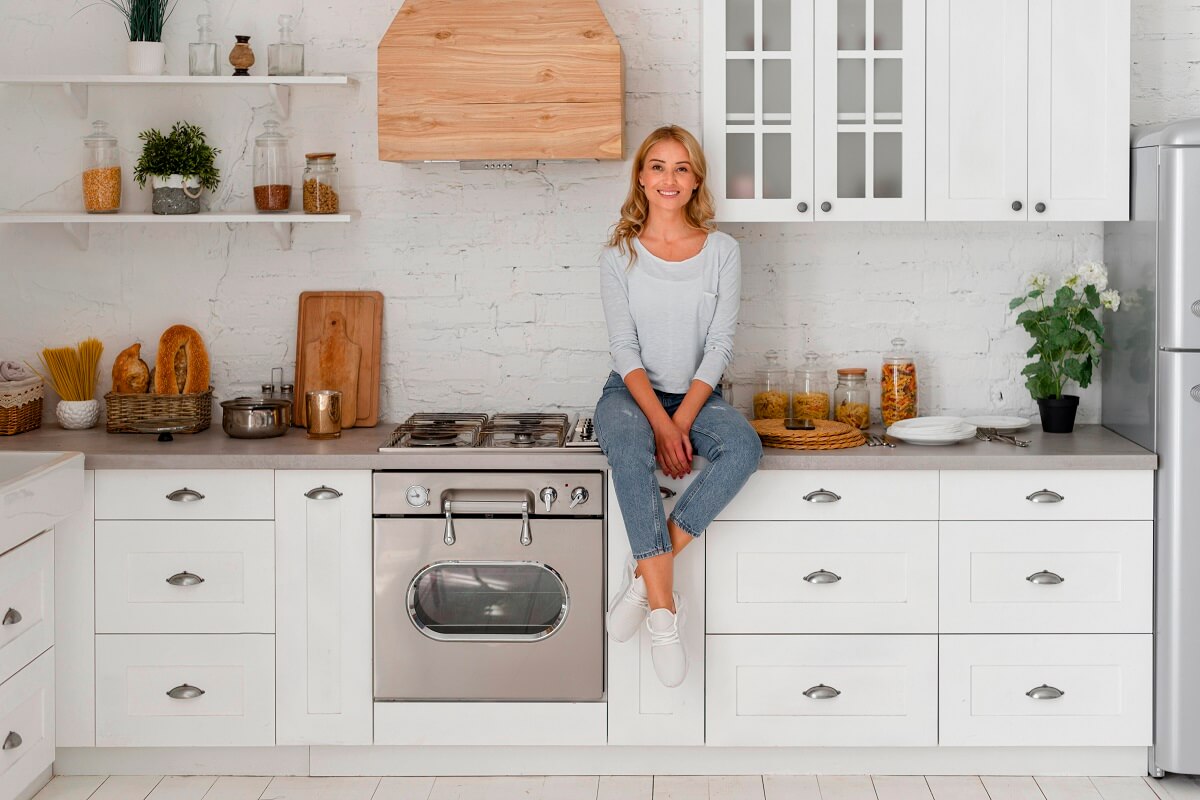






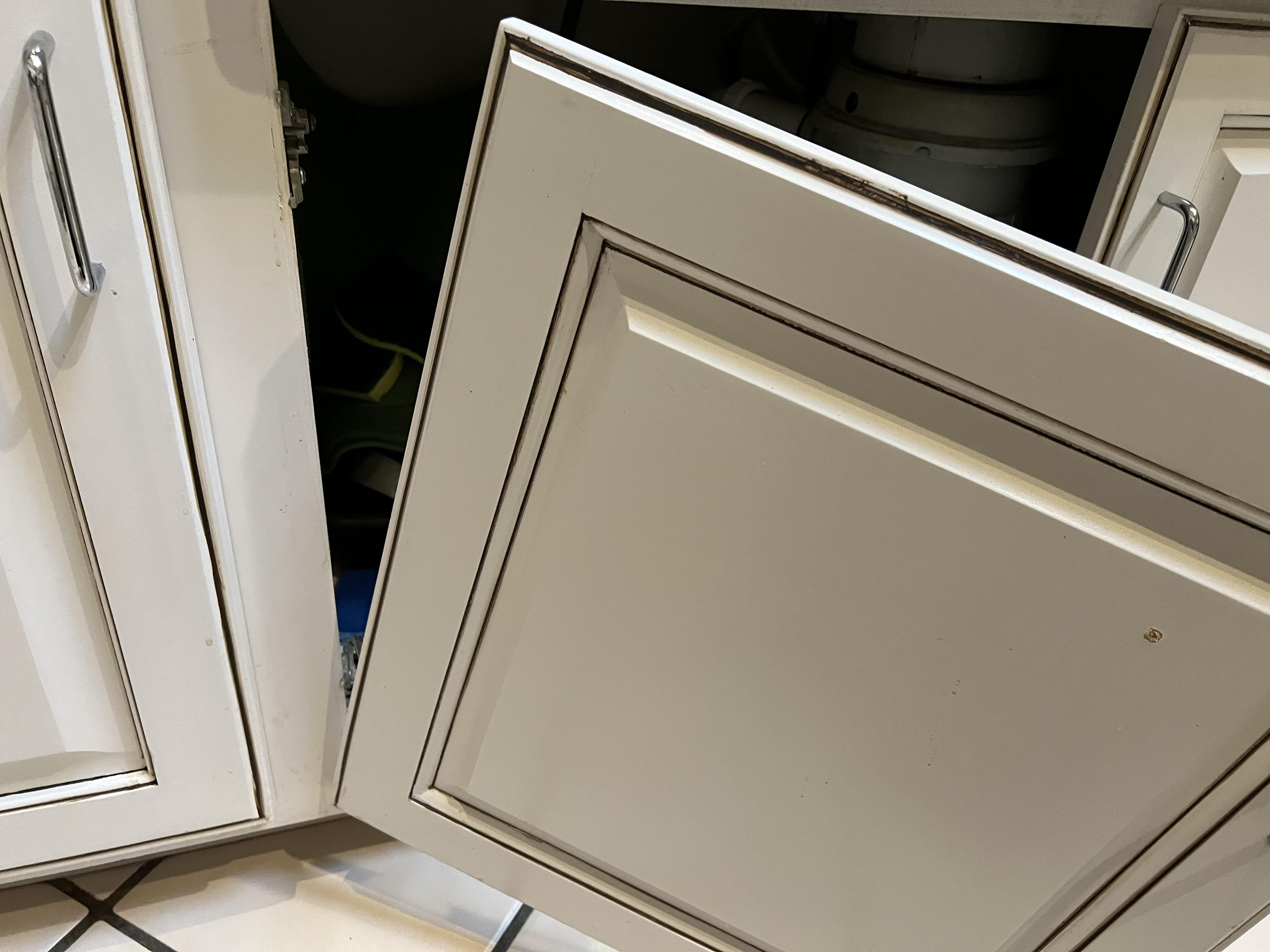











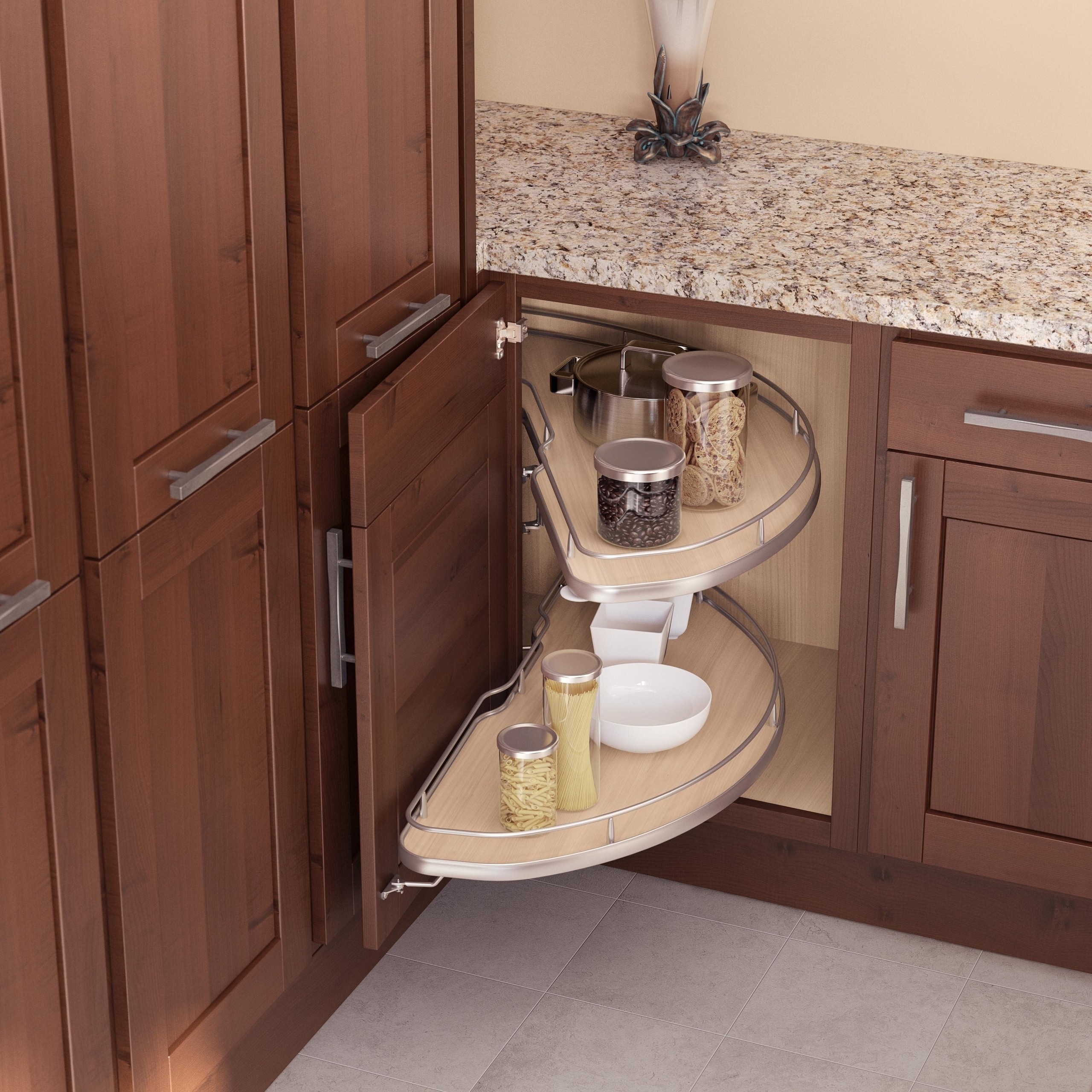
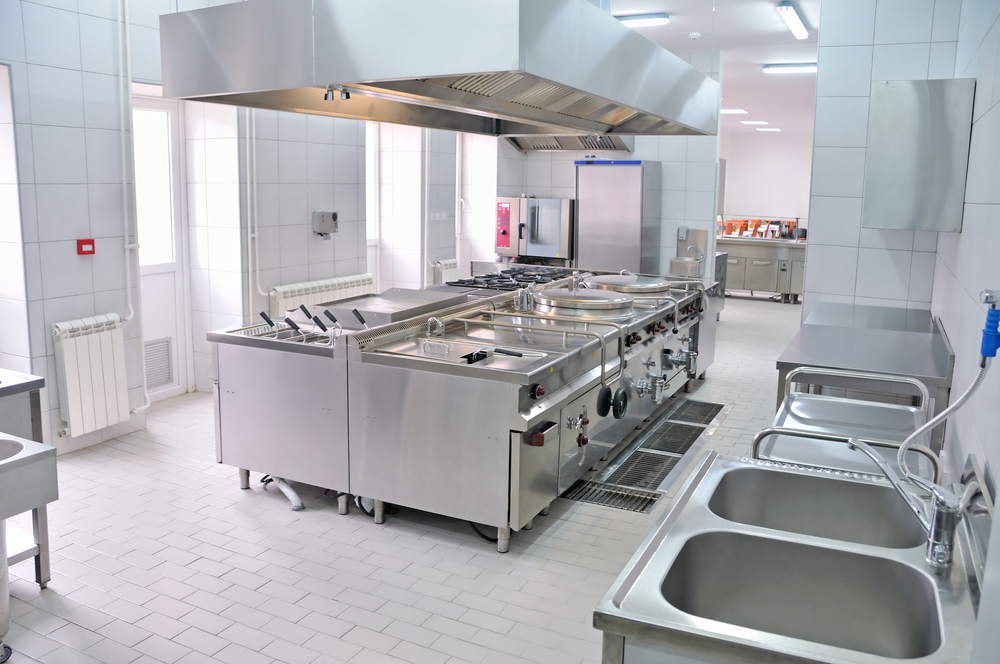


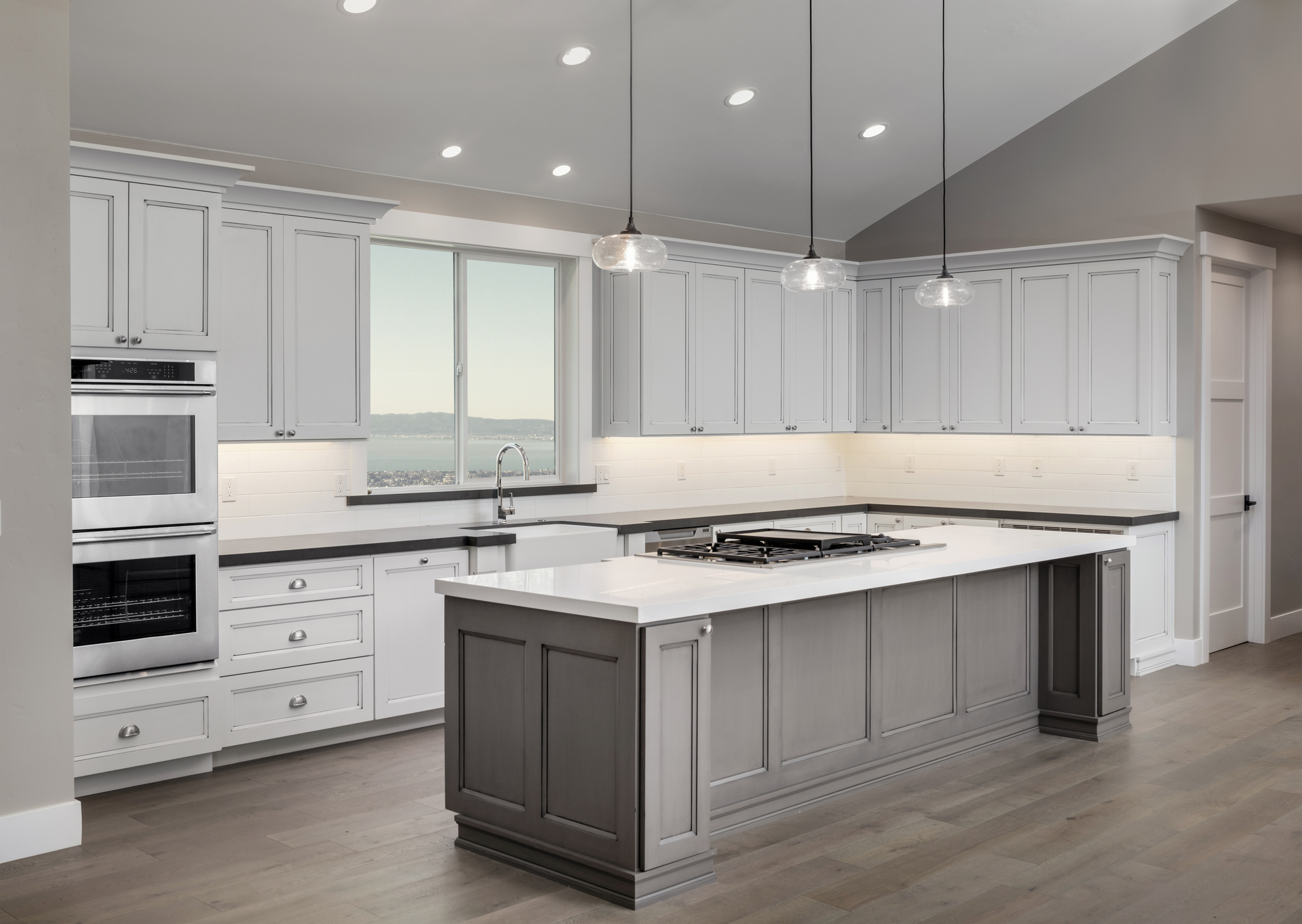


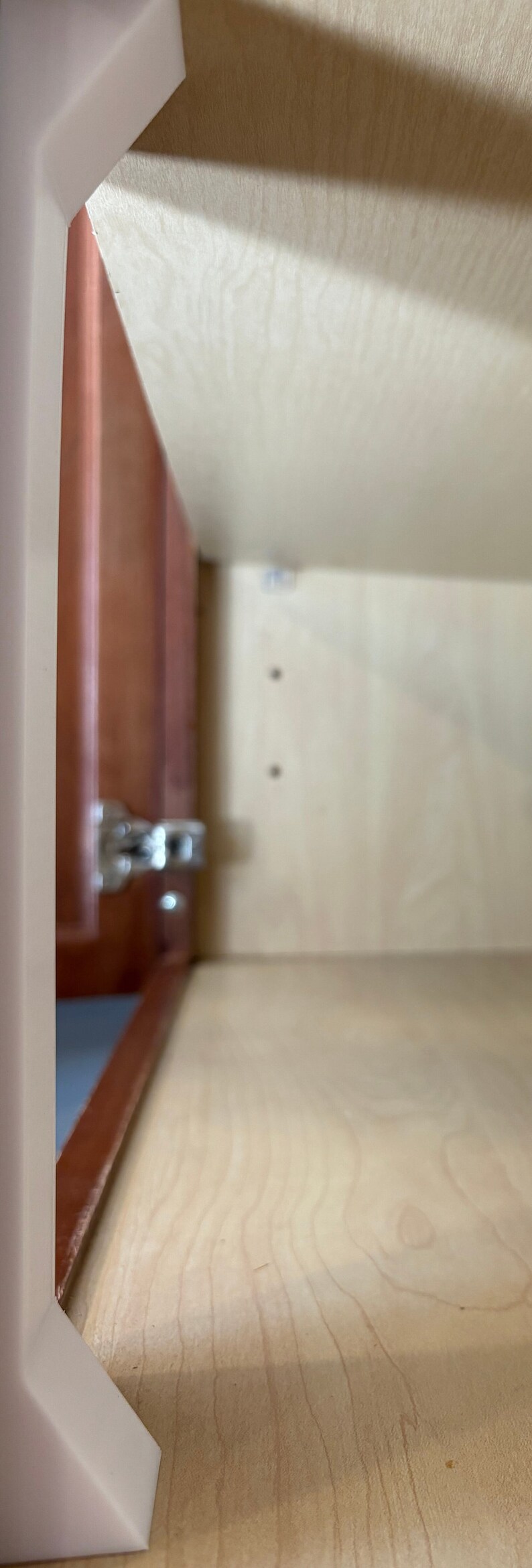
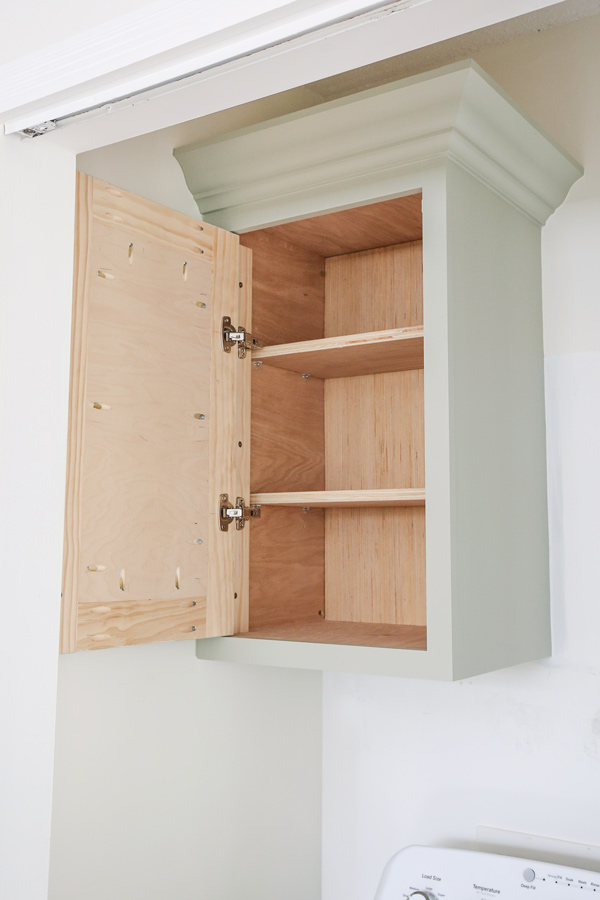

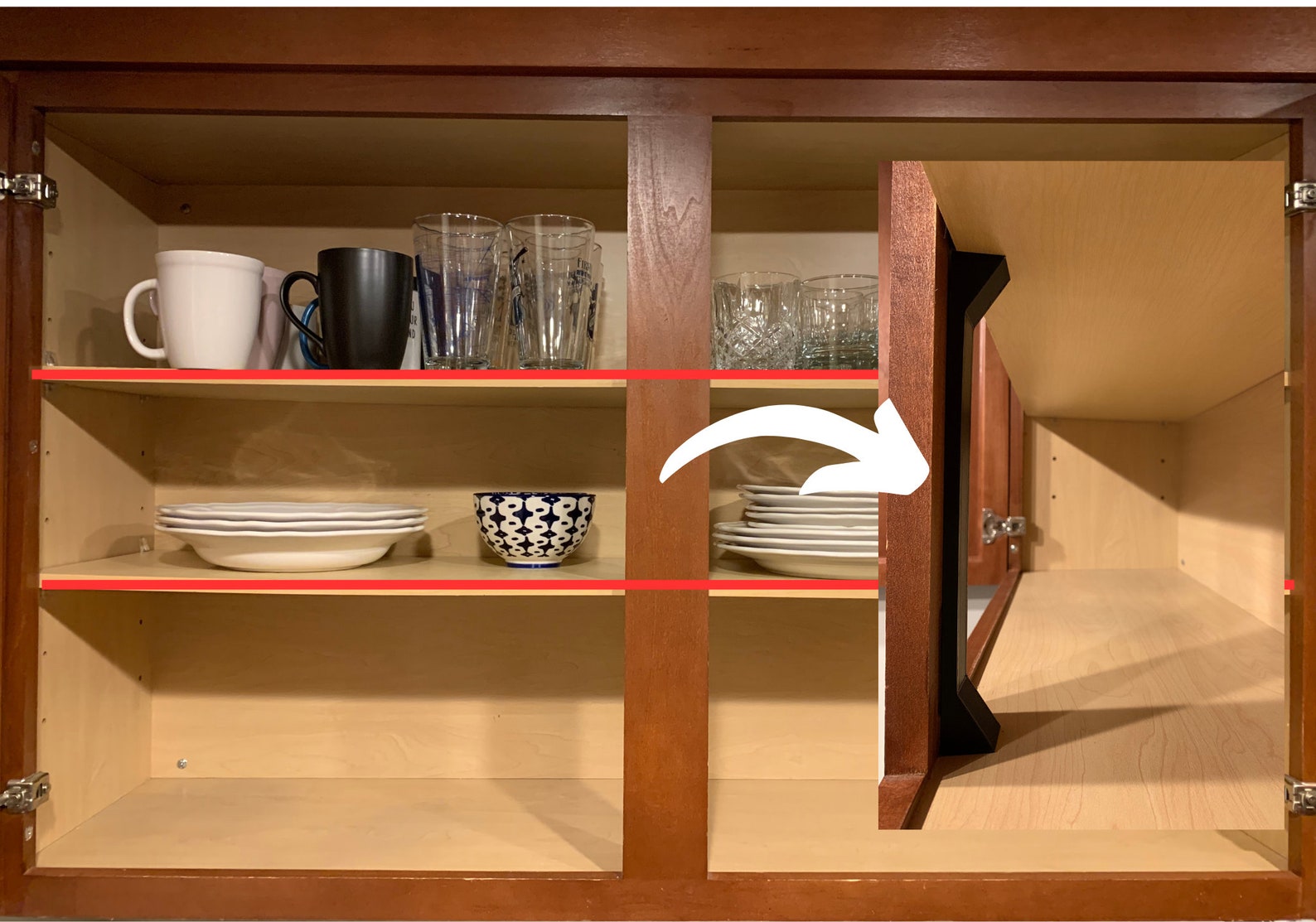




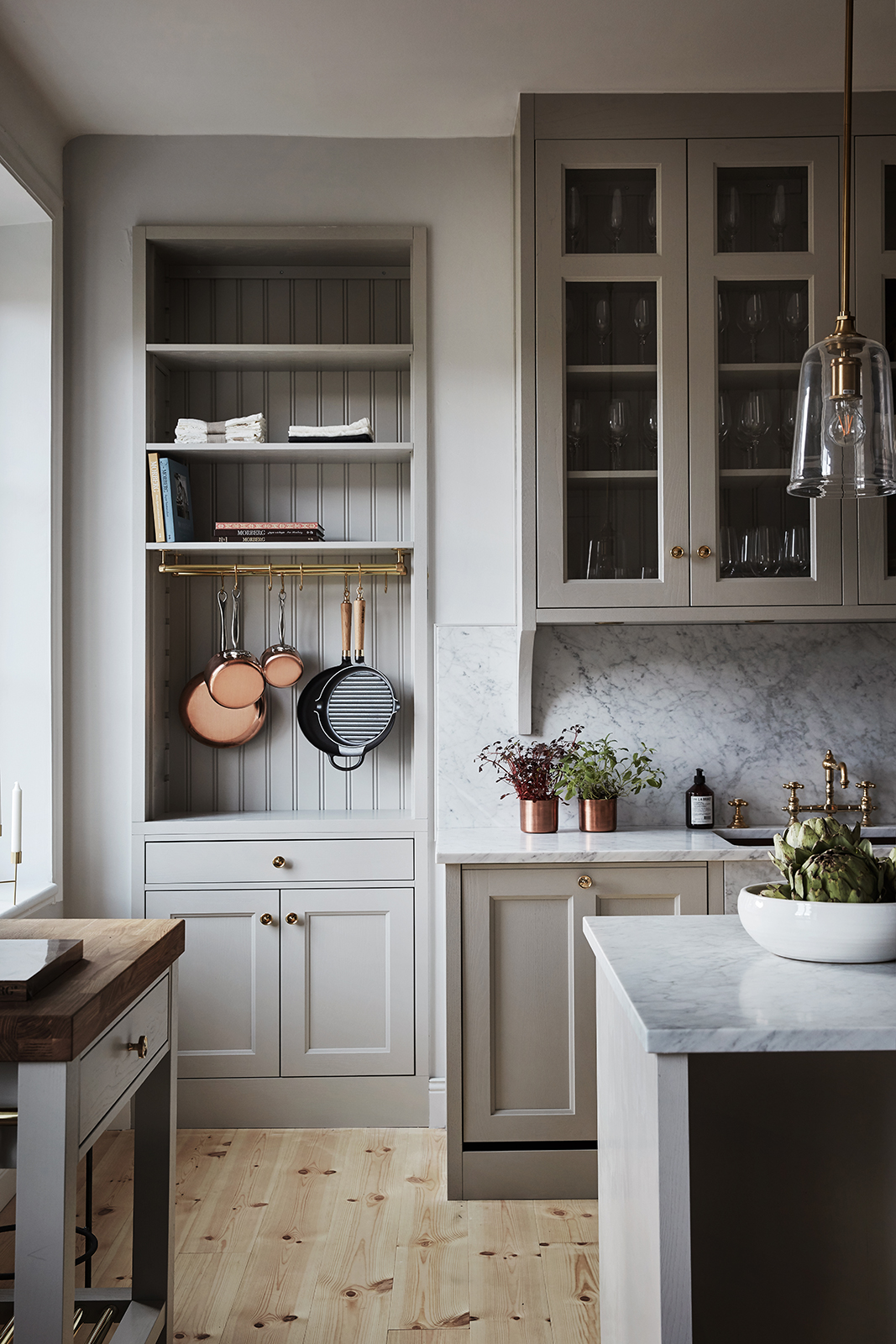
/cdn.vox-cdn.com/uploads/chorus_image/image/65889507/0120_Westerly_Reveal_6C_Kitchen_Alt_Angles_Lights_on_15.14.jpg)
